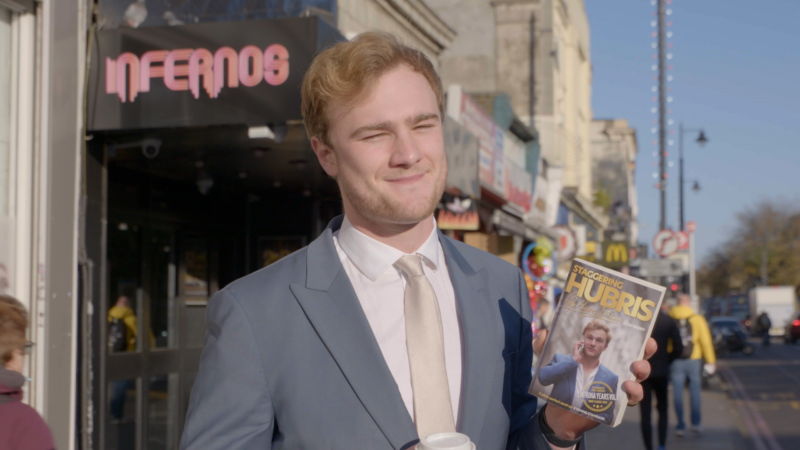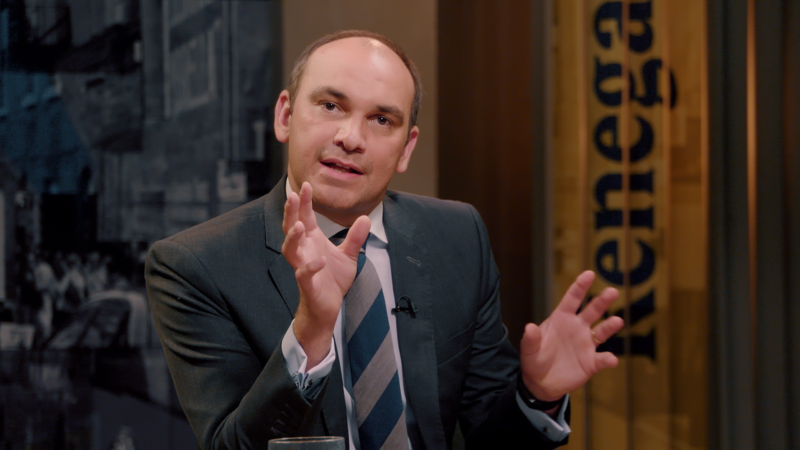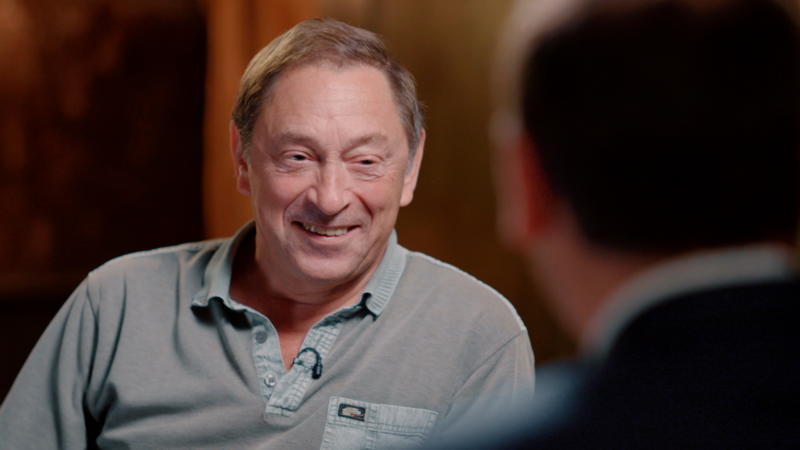Darren Coffield is an artist who has spent his entire life living and working in London. He was part of the ‘Shoreditch scene’, an art movement which grew out of a pub known as the Bricklayers Arms. Located on a back-street behind Old Street, it became the epicentre of fashion, music, and high-art.
Coffield worked with London curator and progressive, Joshua Compston who set up a gallery, Factual Nonsense about which he wrote a book.
The artist says there are a lot of parallels today to what was occurring when he was leaving art school in the late 80s. In the midst of a huge recession, London was dealing with a financial hangover.
“We didn’t really think about our careers or really what the would have to offer us more like what we could actually offer society itself,” he told Renegade Inc. “I think artists now question their place in society more-and-more as they’re being forced out to the margins, due to the rapid development of the city and the rampant property speculation of the last few years.”
I think artists now question their place in society more-and-more as they’re being forced out to the margins
Coffield describes he and Compston – who died in 1996 – as a pair of “argent provocateurs” who wanted to bring art back down to the street, much like the avant garde did in the early 20th century.
“He was a fascinating character,” Coffield said. “But obviously his ideas are quite socialistic and against a lot of people who were following Charles Saatchi collection, his ideas were completely out of fashion. But with the sort of progress that’s now happening in London, people have been forced out of the studios and creative spaces are being lost. It appears he had quite a great deal of foresight.”
Coffield said Saatchi he didn’t really know how to deal with someone like Compston because he wasn’t in it just for the money. He wanted art that could revolutionize the everyday life of people.
“For example, he wanted a better Woolworths. He believed that art should be involved in every aspect of life – including the supermarket – where for Charles Saatchi art is just a commodity to be had by businessmen.
“It’s quite interesting that a lot of the White Bays who Saatchi bought, then used their artwork for advertising campaigns such as Gillian Wearing and Volkswagen. The artists didn’t get any money at all for that, but the money was actually taken by the Saatchi advertising company, so basically, he was using conceptual art as a kind of feeding pool for its own creative industry with the goal simply being to make lots of money.”
Coffield says artists graduating from school and universities were being sold a promise that their work might mature like a kind of a stock.
“Of course many of these artists never went on to be millionaires. A few of them did but many of them didn’t. They had been bought by the state, by the government being promoted and being bought by Saatchi.”
Like almost every other aspect of life, the world has become financialised and commodified. Art along with it has become purely about speculation.
“Most collectors don’t actually view any of the artworks,” Coffield said. The only time they view them is when they buy them and they never view them again until it comes to sell them off again.
“I’ve sold paintings to people and the most depressing thing you can hear as an artist is that your painting is going into storage.”
the most depressing thing you can hear as an artist is that your painting is going into storage
The artist says too much art is being rigged and weighted in favour of the speculator or collector.
“Most of the art is sold to museum collections that are now run by a cartel of eight major galleries around the world,” he said. “It has become very much a kind of rigged thing especially when it comes to auction houses. Some auction house practices aren’t allowed in trading and other commodities.”
Coffield says art is being released to market and given a false provenance, deceptively claiming it has featured in collections or exhibitions when it hasn’t.
“They are given a kind of fake identity, a covert provenance designed to accumulate some sort of kudos for the object. Of course, a third of the people are down the pecking order, the more they feel they have to do that.”
In his book, Coffield deals with the death of Joshua Compston and describes him as a trailblazer and a forerunner of the Young British Art scene that propelled artists like Damien Hirst and Tracey Emin to prominence.
“Joshua saw that there was a different model that contemporary art could follow,” said Coffield. “For example it would have to be something that was run by big business or auction houses that had a more socialistic outlook to it. That was part of the reason he moved to Shoreditch. He thought it should become a creative quarter that should be protected and fenced-off for creative people. Not just artists, but architects and designers and people making objects etc.”
The problem is these artists helped to gentrify the area, they created this wonderful, vibrant culture and overtime it terms out these people cannot co-exist with financially able types who move in to try and get a piece of that atmosphere, but not the culture.
“It’s a model that seems to happen everywhere: New York, it will soon happen to Berlin. Lots of artists have left London now and have gone to Berlin. It shouldn’t necessarily happen that way. But what happens is when you see people who’ve been creative from that area actually leave, the area stagnates and dies.
Shoreditch turned into a series of coffeehouses and high street estate agents. Anything that was quirky or interesting about the area is slowly sanitized.
Coffield predicts that by 2020, 50% of all studio space will be lost in London which means even some very famous artists will have to move. We’re going to have a creative drain and it’s going to have a huge drag effect on the economy. Because people really do undervalue the extent of the creative industries in this country.

In this special edition of Renegade Inc., we met up with a key adviser to PM, Boris Johnson.

We look back over the year at some of our best interviews.

A dangerous new class of socioeconomically excluded people called the precariat is on the rise.